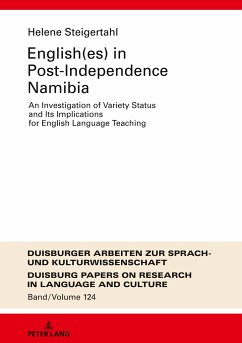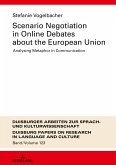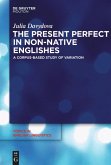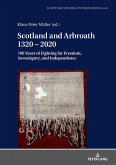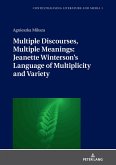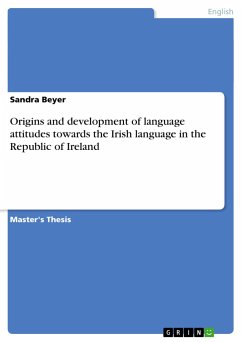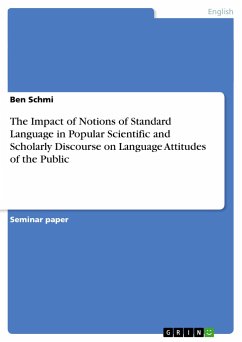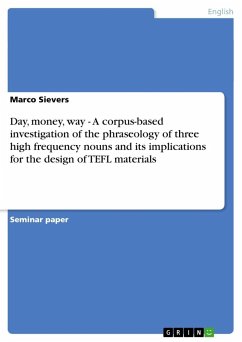This volume contributes to the fields of World Englishes, English Language Teaching and Second Language Acquisition, assessing the English(es) spoken in post-Independence Namibia beyond variety status. Based on questionnaires and corpus analysis, the author analyzes morphosyntactical structures, language use and attitudes towards English(es) in comparison to home languages. She gives new insights into the structure of spoken language and potential varieties of English in particular. Focus is put on a geographical area that only recently attracted increasing attention in the field of World Englishes. The author's work can be regarded as an attempt to bridge several aspects of the frequently discussed "paradigm gap" between World Englishes and Second Language Acquisition studies.
Bitte wählen Sie Ihr Anliegen aus.
Rechnungen
Retourenschein anfordern
Bestellstatus
Storno

